Yarn for knitting machines?
Machine knitters can knit almost anything a hand knitter can knit ... only faster! Stripes, tuck (knit in the row below), slip, multi-color texture stitches, stranded multi color work, lace ... you name it!

Home knitting machines allow the knitter to produce beautiful knitted items .... fast!
Instead of forming one stitch at a time, imagine knitting 200 stitches with the push of a carriage!
Machine knitters can knit almost anything a hand knitter can knit ... only faster! Stripes, tuck (knit in the row below), slip, multi-color texture stitches, stranded multi color work, lace ... you name it!

Deciding what machine to use depends on what you want to knit and what weight of knitting you want to produce. Compare knitting done on US size 8-9 needles and knitting worked on US size 1-2 needles .... big difference! The equivalent is the difference between a bulky and a standard gauge machine.

When was the last time you pieced a quilt or sewed a seam by hand? You use a sewing machine to speed up the creative process in sewing, why not speed up your knitting? MANY machine knitters also hand knit. They enjoy the process of hand knitting and feeling the yarn run through their fingers, but they also have so many projects in mind that they will never complete them all! Some machine knitters don't hand knit. They enjoy having many finished products in the time it would take to hand knit one.
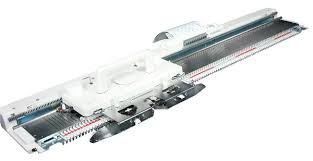
Most knitting machines are portable. Plan a space about 4 feet wide by 2 feet deep.
Used knitting machines can be quite inexpensive. As with other crafts, you can purchase all sorts of accessories and "bells and whistles", but all you NEED is a machine in good working order to get started.
Many machine knitters start with a plastic bed machine and quickly realize that a move to a metal bed machine will allow them to expand their creativity.



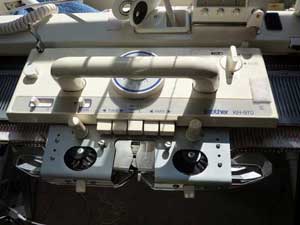
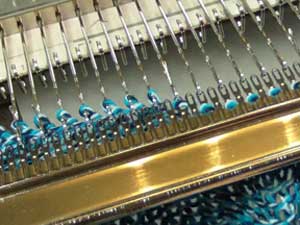
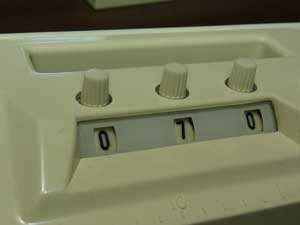
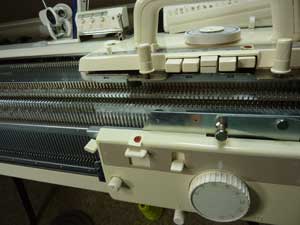
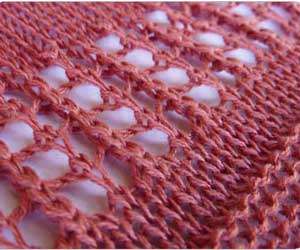

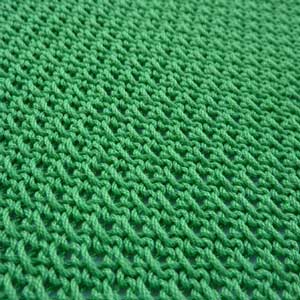


New to Machine Knitting? Get started here.